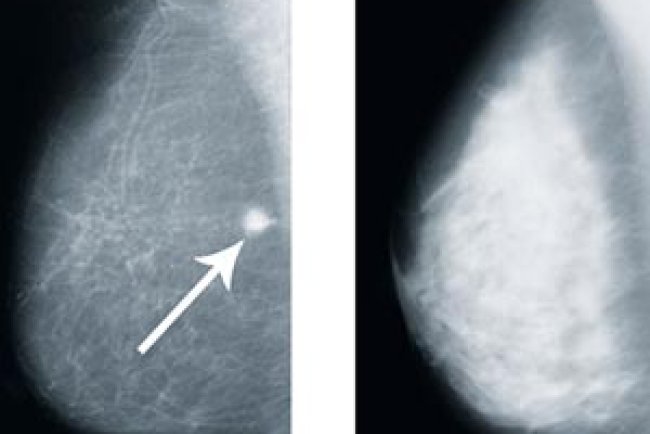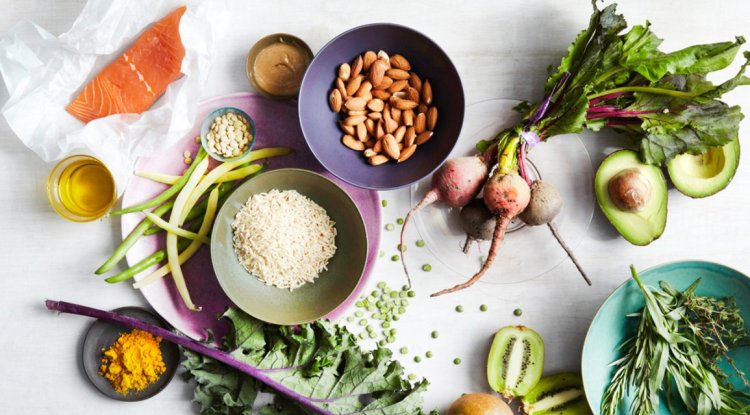Cleaner Living: Why Choosing Plants Is Kinder to Your Body and the Planet
Everywhere we look, climate change stares us down. Newsfeeds scroll with stories of catastrophic floods, record-breaking heat waves, and species vanishing at speeds that feel almost biblical. For me, the most haunting images are those gaunt, displaced polar bears wandering across shrinking sheets of ice, a living reminder of how fragile the planet really is.

Most of us already know the basics of climate action: use less energy, walk or cycle more often, recycle diligently, and vote for leaders who take the crisis seriously. But there’s one lever of change sitting right on our dinner plates, and too many of us overlook it: what we eat.
How Our Diet Shapes the Climate
Food production is not just about nourishing people, it's one of the single largest engines driving greenhouse gas emissions. Roughly 30% of global emissions come from what we grow and consume. Half of that staggering number comes from the livestock industry alone.
But the problem doesn’t stop at methane. Food production also:
Swallows up 40% of the world’s land
Consumes about 70% of global freshwater supplies (which are running dangerously low in many regions)
Fuels mass deforestation as rainforests are cleared for cattle pastures
Accelerates desertification, stripping fertile soil into dust through poor agricultural practices
In short, our food system isn’t just feeding us it’s draining the planet.
Why Beef Is the Biggest Climate Offender
According to the World Resources Institute, beef is by far the heaviest hitter when it comes to environmental damage. On greenhouse gas emissions, water use, and land consumption, beef takes the dubious crown. Right behind it comes dairy, then poultry, pork, eggs, and fish.
The United Nations Intergovernmental Panel on Climate Change (IPCC) recommends reducing animal product consumption by at least 30% not as a lifestyle fad, but as an urgent climate intervention.
I’ll admit: about a year ago, I tried giving up red meat. It wasn’t perfect old habits tugged hard, and the smell of a sizzling steak still tests my willpower. But even small, imperfect changes matter when multiplied across millions of plates.
A Planet-Friendly Diet Is a Health-Friendly Diet
Here’s the silver lining: the very foods that nurture the planet also nurture us. Shifting away from beef and toward plant-based proteins doesn’t just shrink your carbon footprint it also lowers your risk of heart disease, diabetes, and stroke.
It doesn’t have to be an all-or-nothing leap. Try swapping one burger night for a lentil stew, or trading that prime rib for a roasted veggie platter once in a while. These are small gestures with oversized impact.
The Takeaway: Every Bite Counts
Cleaner living doesn’t mean perfection, it means intention. Each time you choose chickpeas over cheeseburgers, or swap out steak for stir-fried tofu, you’re not just nourishing yourself; you’re participating in a quiet act of resistance against climate collapse.
Because in the end, plant-friendly eating really is planet-friendly living.
What's Your Reaction?




















